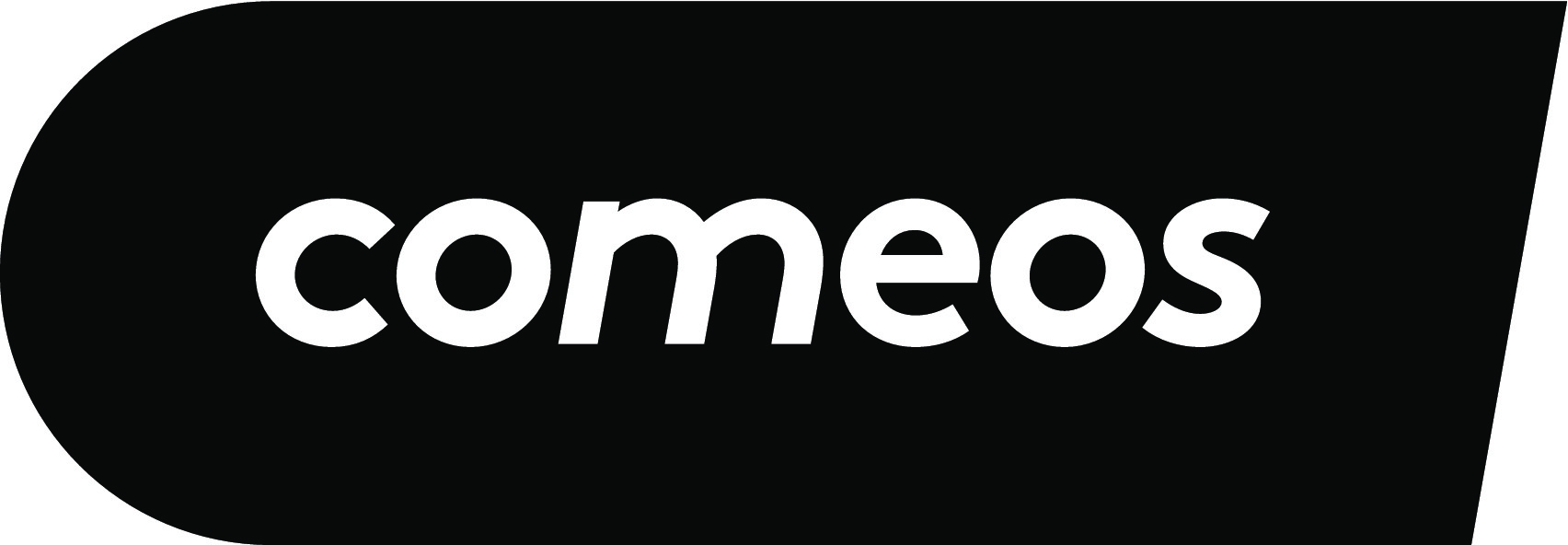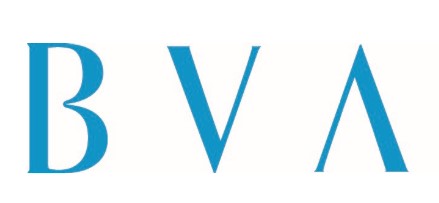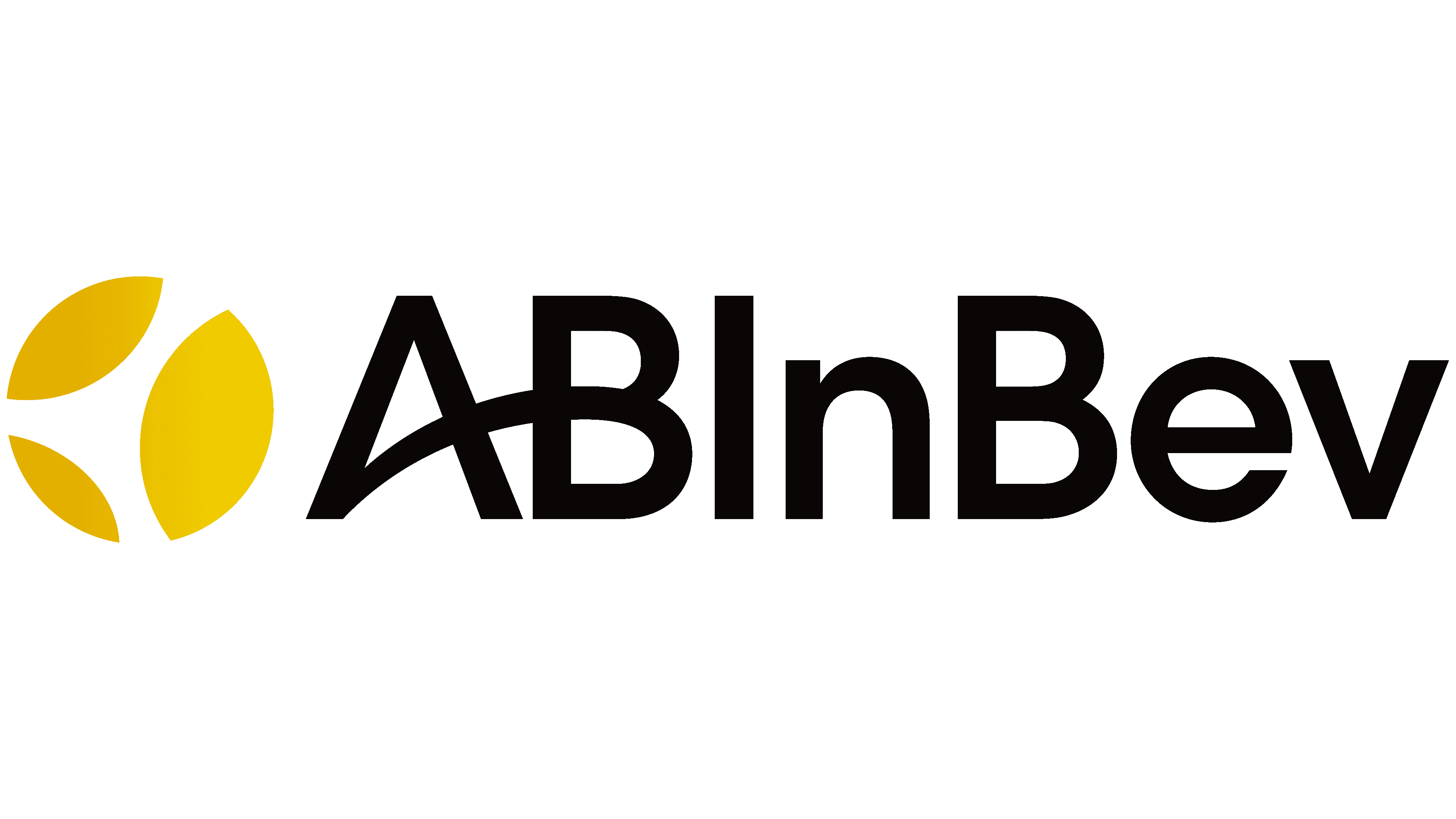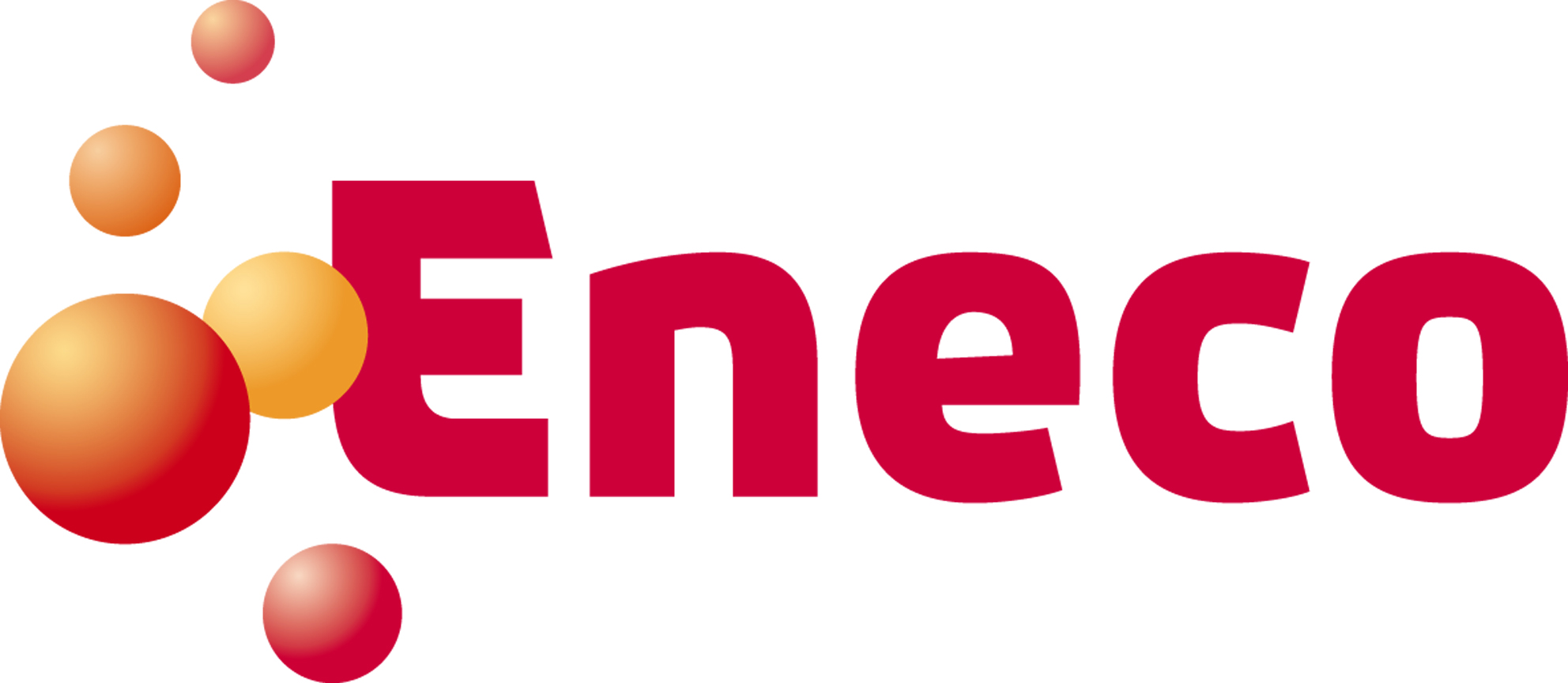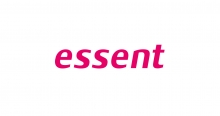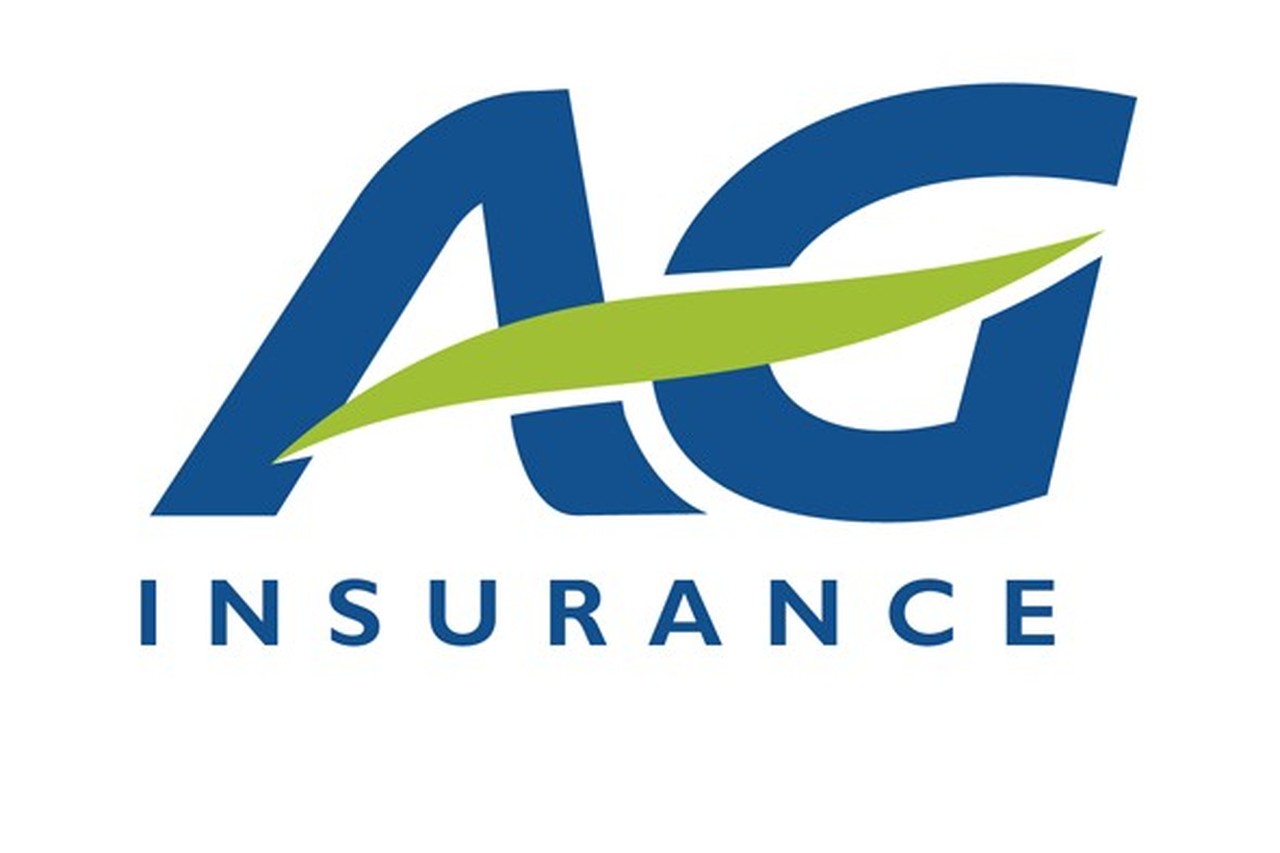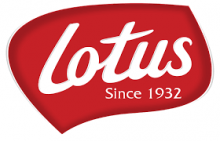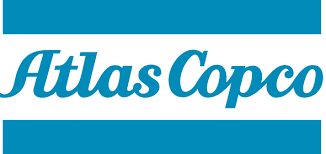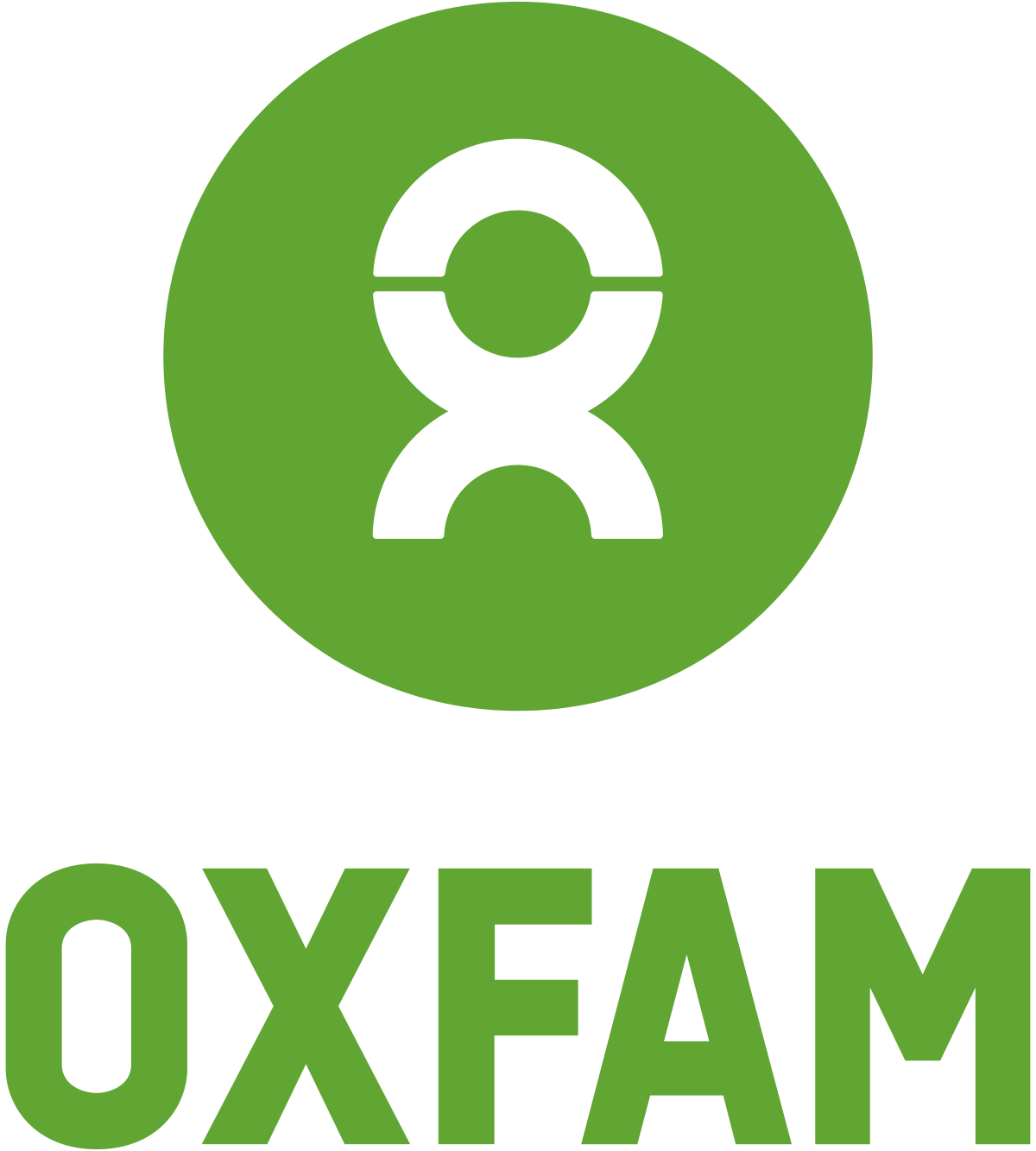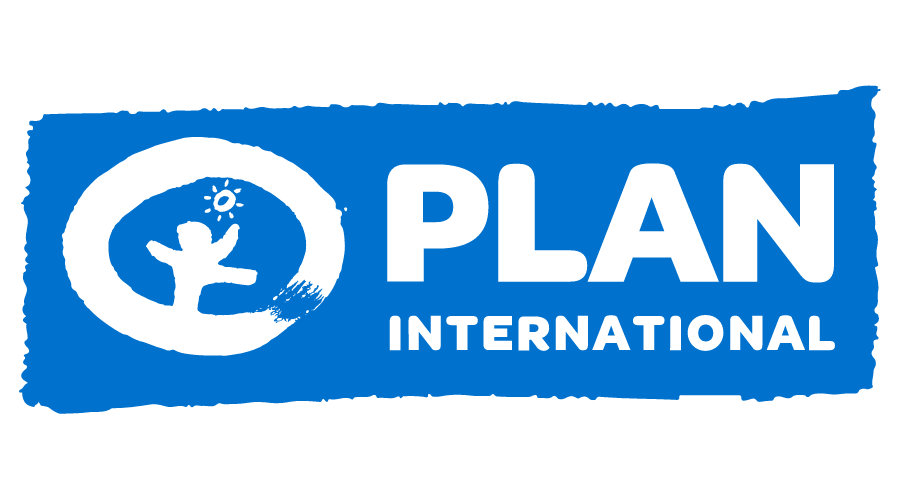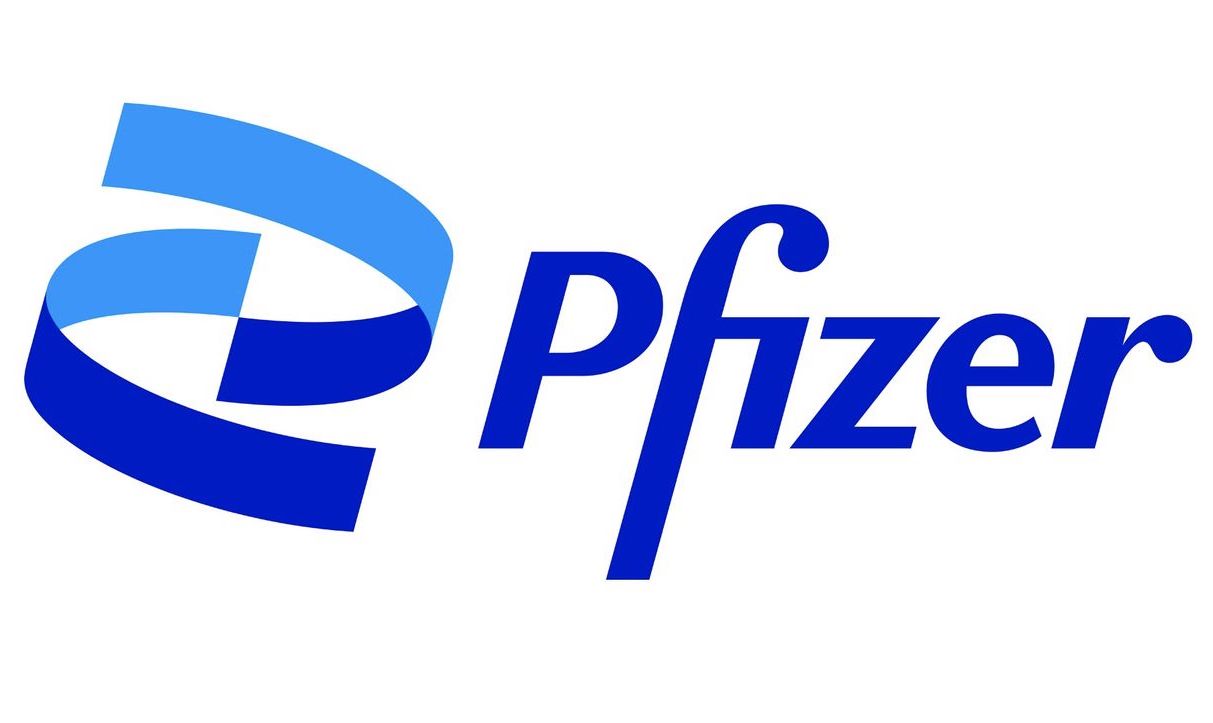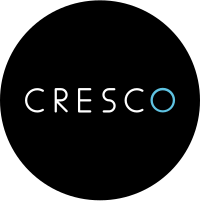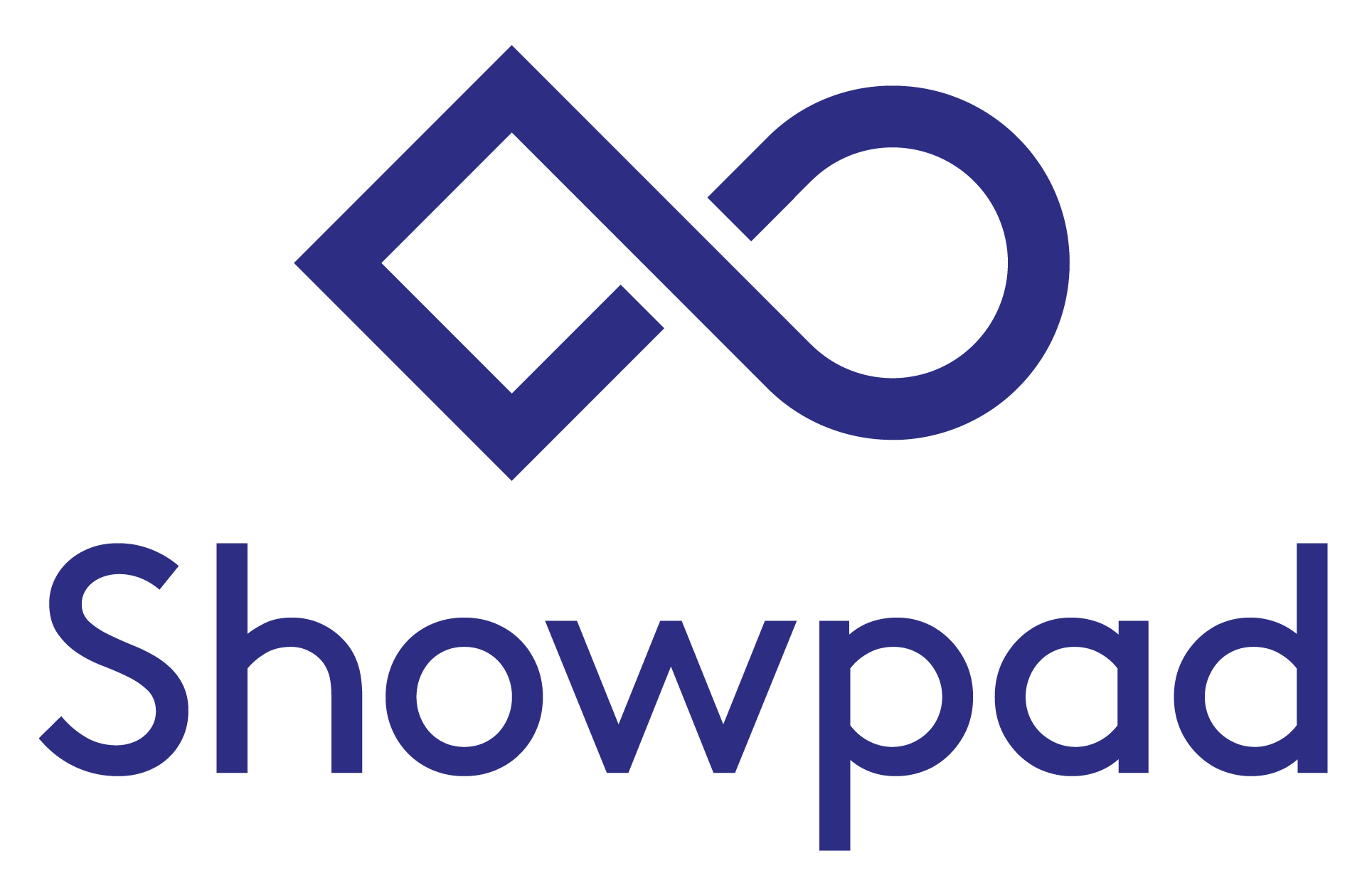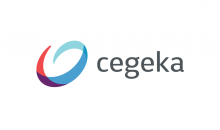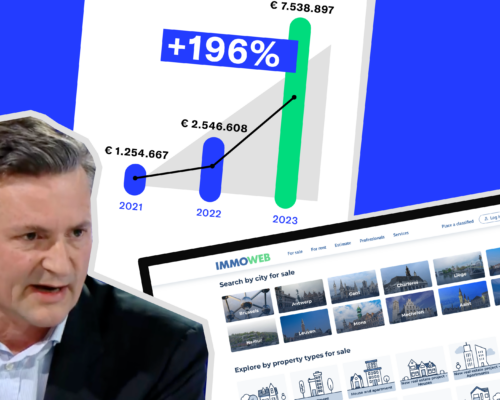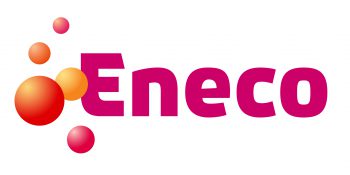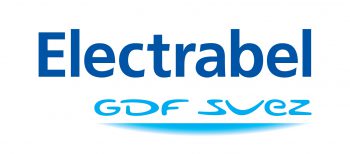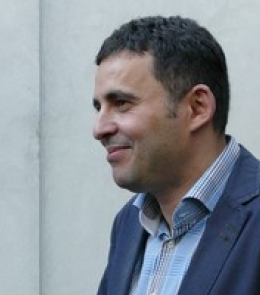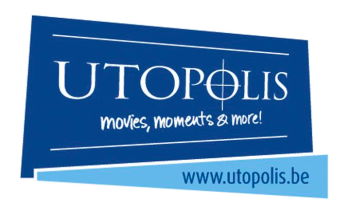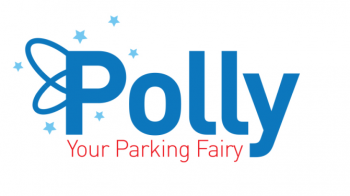Looking at some great thought leadership examples, it appears that the brands who make thought leadership look easy all have one thing in common. Take a look at a recent article on Lemonade, the disruptive insurance startup.
Lemonade is making waves in the insurance world by using AI and bots to sell its products and services (innovative, yes, sexy for media, yes).
Exhibit 1: Lemonade

But there’s another secret ingredient in the Lemonade: it has a clear purpose or mission. As its former tagline went, Lemonade wants to create insurance that “doesn’t suck”.
To that end, the company recently rewrote its insurance policy (the core of its product) in language that is understandable to any adult. Next, it open-sourced the policy on GitHub, so that any insurance company can use it.
Here’s how TechCrunch reported on the move:
Part of this has to do with transparency to consumers, but another part is simply about Lemonade’s greater mission of making insurance simple.
We sold you a policy on your phone,” said Schreiber. “We want a policy that makes sense on a five-inch screen.
If I’m a conference organiser in fintech and insurtech and I read this announcement, I know I want to invite the Lemonade CEO to my next conference on the future of insurance.
That’s true thought leadership.
And Lemonade makes it look easy, because they made the hard choices early on.
So here is the secret ingredient: having a clear mission makes it so much easier to know where to focus marketing efforts, and so much easier to communicate about company initiatives and claim thought leadership.
Exhibit 2: C&A
When C&A was attacked in the Financial Times recently for using forced labor in its supply chain, it reacted with rapid and effective communication.
This is the e-mailed statement by C&A’s chief sustainability officer Jeffrey Hogue, sent to the Financial Times:
We have a zero tolerance policy for any form of modern slavery including forced, bonded or prison labor. If we detect a case, we immediately terminate our relationship with the supplier.
Jeffrey Hogue, Chief Sustainability Officer, C&A
This is easy to understand and easy to communicate. The example shows how a strong vision can help the organization communicate better – and boost reputation.
The fact that C&A has such a clear vision does not detract from the communication (or CSR) department. On the contrary, it shows that at C&A, corporate communication and CSR are playing their role as strategic “sparring partners” of the C-suite.
There is zero doubt that the corporate communication function helped top management understand the need to make this policy so explicit and clear.
As we wrote earlier, a truly strategic communication department is one that helps c-suite arrive at policies that are so simple that all stakeholders can understand and support them.
Exhibit 3: SpaceX
Elon Musk is a master in launching companies with a clear mission or purpose. This goes for Tesla, the Boring Company (“really, really boring”) but maybe most of all for SpaceX, where the mission is nothing less than “interplanetary civilization”.
And here’s how SpaceX sends press releases.
In February 2017, the company sent this press release about a new spacecraft it would launch in space.
It’s kind of long and a bit boring, something about a spacecraft that will be sent “beyond the moon”. Not sure that I care a lot, to be honest.
But this is how the press release ends:
Designed from the beginning to carry humans, the Dragon spacecraft already has a long flight heritage. These missions will build upon that heritage, extending it to deep space mission operations, an important milestone as we work towards our ultimate goal of transporting humans to Mars.
No milestone is simply a milestone at SpaceX. Even though a Mars colony is years and probably decades away, SpaceX is using the long term mission to energize its stakeholders (and incidentally, to get tons of positive media coverage).
The mission is a clear north star for all the efforts inside the organization – and at the same time it allows you to measure every milestone in relation to that final goal.
What’s do you need to remember about thought leadership?
Often, when we notice that companies (and their experts) have a hard time formulating true thought leadership, it’s because the company does not have a clear vision on its industry, let alone a compelling mission that can energize stakeholders.
Think of SpaceX: without Mars as the final goal, it becomes hard to say what we are doing, and what we should be doing – and how far removed we are from the ultimate goal. With the Mars framework, all the company stories fit into a ready-made framework.
Likewise for Lemonade: every trend, initiative and innovation in the industry can be measured by how much insurance still sucks.
Getting your management to agree on a clear mission and vision is definitely hard work – and you won’t get there the first time. But it’s worth every bit of effort. Arguably, as a communication professional this is your most important mission.
I’m curious to hear: is your company’s mission exciting? How do you infuse that into your thought leadership?
(HT Dirk Gauwberg of Axa Partners for flagging the Lemonade story)
